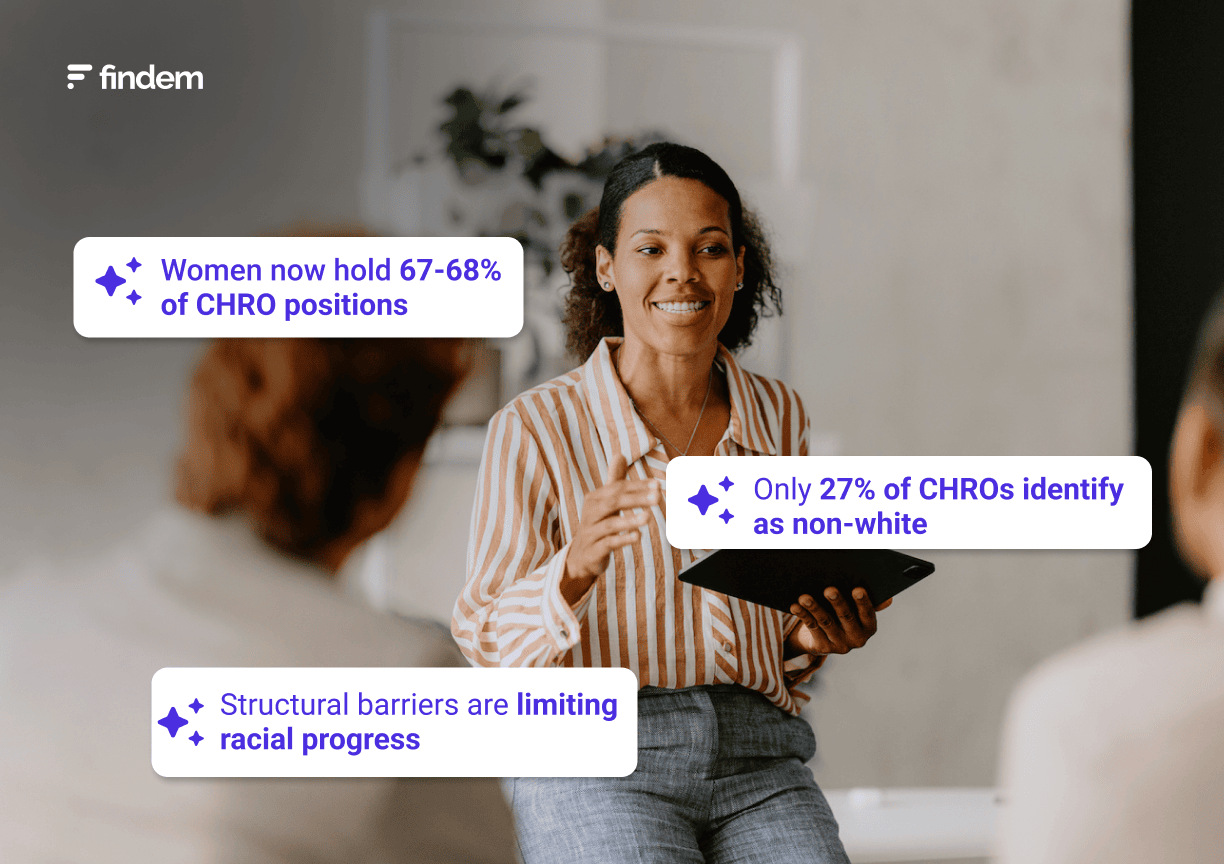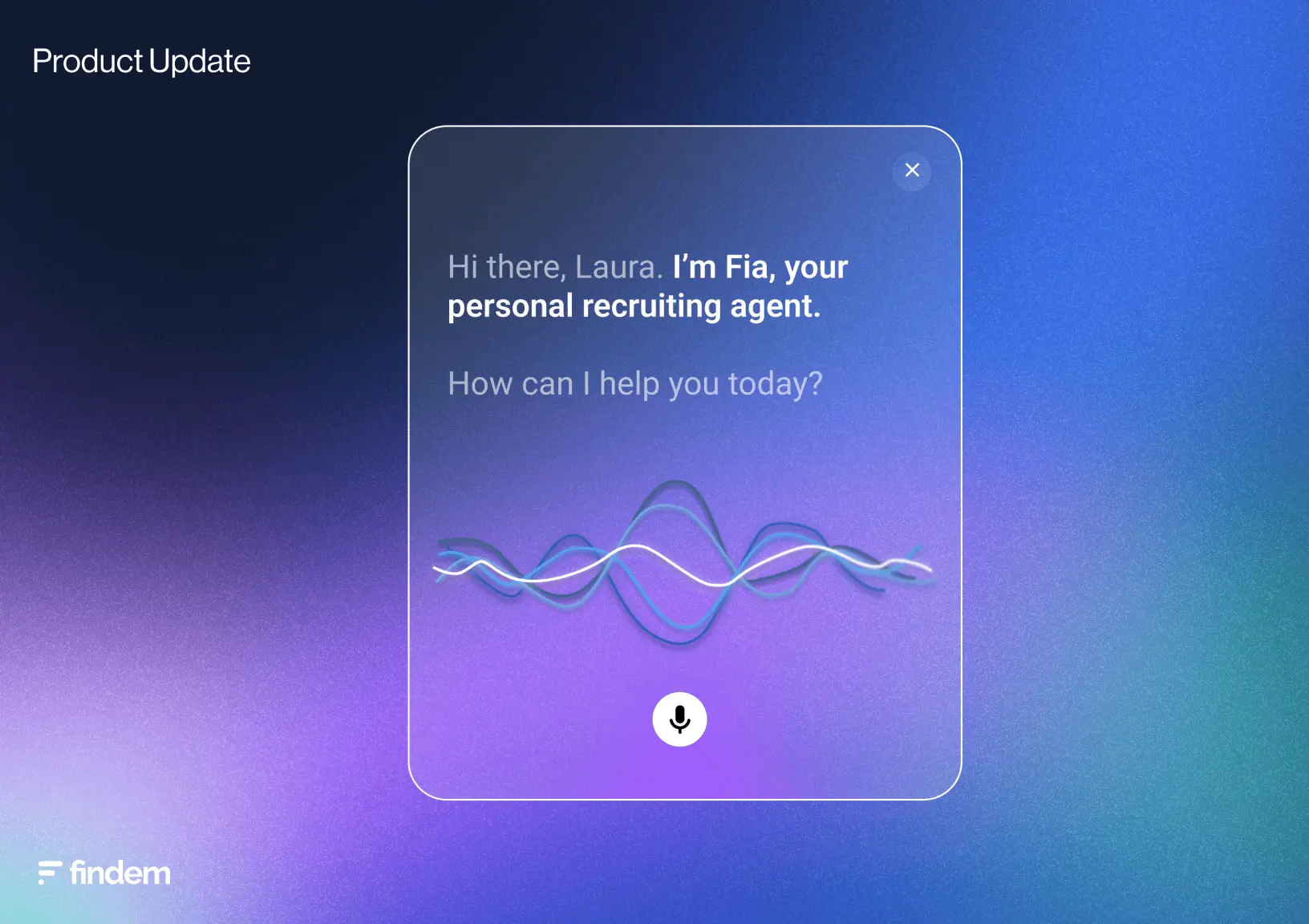.svg)

CHROs and senior HR executives face mounting pressure to prove AI delivers real productivity gains. Yet despite significant investments, many AI initiatives fall short of their promises.
Here's the uncomfortable truth: 77% of employees report AI has actually increased their workloads and decreased productivity. This isn't a temporary adjustment period — it's a fundamental strategy problem.
If you're wondering why your AI implementation isn't delivering the results you expected, you're not alone. Let's examine the three most damaging myths undermining AI strategies so you can build an approach that actually works.
The AI productivity paradox: More tools, fewer results
The promise seemed simple: AI would automate tasks, eliminate inefficiencies, and free up human talent for strategic work. Instead, Deloitte research reveals a "silent impact" of AI: increased workload and stress across organizations.
This paradox isn't just about implementation hiccups. Research shows that even when individuals save time on specific tasks, they often don't deploy that extra time in ways that help the organization. The result? Busy work increases while meaningful productivity stagnates.
Myth #1: "AI tools automatically increase productivity"
AI excels at generating content quickly. But as Circuit, a company building AI workspaces, points out: AI "doesn't address the fundamental challenges of knowledge work — effectively filtering, prioritizing, and integrating information into decision-making processes."
This creates what we call the "generation trap." Your team now has more emails to review, more reports to analyze, and more data to process — not less work to do.
The root cause isn't technology. It's the data foundation. Companies consistently underestimate the importance of clean, high-quality data. As one data scientist explains: "AI is nothing without data — and you can't make good decisions with bad data."
The Findem solution: Build a data foundation first
Findem customers avoid the talent data trap by using a single source of trusted data. Our platform employs an in-house team dedicated to proactively monitoring data security and evolving research methods to ensure compliance, protection, and privacy regulations are maintained.
Bottom line: Before implementing any AI tool, ensure your data foundation is solid, secure, and unified.
Myth #2: "More AI features equal better results"
Many talent acquisition teams are drowning in tools. Research from analyst Ben Eubanks reveals a critical insight: "More tools doesn't mean better outcomes. The more tools you have, the less clarity you have into what's actually happening."
This creates what Eubanks calls "islands of data" — disconnected systems that force teams to ask: "Which system is telling the truth? Which one is the right one?"
Integration challenges have also plagued talent departments for years, and AI hasn't solved this problem. Without an integration strategy and sufficient data management, AI produces skewed insights built on data silos.
SHRM warns that "outdated platforms, poor integrations, and misaligned technologies are the silent killers of AI initiatives."
The Findem approach: Methodology over features
Focus on the right methodology and process before buying features.
Your recruiting data must be clean, secure, and unified before any AI implementation. Consider this real-world example: A leading technology company had data siloed in a 12-year-old ATS and adjacent CRM, requiring manual processes and time-consuming analysis through external tools.
After implementing Findem's Talent Data Cloud, the company unified talent management and acquisition, enabling recruiters to nurture prospects continuously and tap into an enriched talent pipeline. The key was establishing one foundation of trusted data first.
Myth #3: "AI will replace human decision-making in hiring"
While AI can help reduce bias, it can also amplify it. Research shows concerning examples of AI technologies associating high-paid professions with lighter skin, associating women with demeaning jobs, and screening out people with disabilities.
Studies suggest ChatGPT-4 has also shown bias against people with autism and other disabilities — a reminder that AI systems inherit the biases present in their training data.
Robin Erickson, Head of Human Capital Research for The Conference Board, explains: "The technology already exists to hire without human involvement. However, considerable skepticism exists about AI in hiring decisions, creating potential adverse impact on employer brand and candidate experience."
Broad use of AI in hiring could create a perception that organizations are indifferent to interpersonal dynamics and culture fit. Harvard Business Review research describes the optimal approach: "To successfully onboard AI and automation, employees need to participate in the design and implementation of these solutions. These technologies should assist people first."
Erickson agrees. “There is an understanding that while AI can manage routine tasks,” she says, “the sensitivity and complexity of human resource decisions require human involvement, especially for novel situations or tasks with potential risks. Therefore, AI acts as a tool to support and enhance the effectiveness of human decision-makers rather than replace them entirely in the hiring process.”
The Findem approach: Human-first, AI-assisted
At Findem, we don't intend to replace human decision-makers with AI. We use AI to assist the people responsible for decision-making. Human oversight and control remain essential to our AI infrastructure, with ongoing monitoring and assessment processes that are explainable and auditable.
Unless you're recruiting a shopping mall Santa on December 23rd, quality of hire trumps speed every time. Rushing hires creates compliance problems, worsens employee engagement, and actually makes employees less productive. Focus on quality of hire and business impact metrics — market share, revenue, customer satisfaction — rather than marginal improvements in hiring time.
The CHRO's framework for AI strategy that actually delivers
1. Build data-first foundations
A strong AI foundation is your competitive advantage. It enables you to attract top talent while maintaining compliance with security, privacy, and data-storage regulations. More importantly, it positions your team for an advisory role backed by clean, valuable data.
2. Measure real productivity, not vanity metrics
True productivity is measured in business results. Ask yourself:
- What's the impact of our hiring on revenue?
- How long does it take teams to start new projects?
- How often do staffing challenges cause delays?
- What's the value of patents our company owns?
- Are we able to enter new markets effectively?
3. Avoid the 92.45% failure rate
AI failure rates are sky-high, but they don't have to be. Success requires:
- A solid data foundation
- Focus on business results
- Smooth integration
- A consolidated tech stack
Build your better AI hiring strategy today
Multiple Findem customers are using AI to become more productive while combining AI capabilities with human decision-making. The difference lies in their approach: data-first implementation, integrated systems, and human-AI collaboration.
Ready to build an AI strategy that actually delivers results? Let's discuss how Findem can help you avoid these common pitfalls and create sustainable productivity gains.


.svg)








